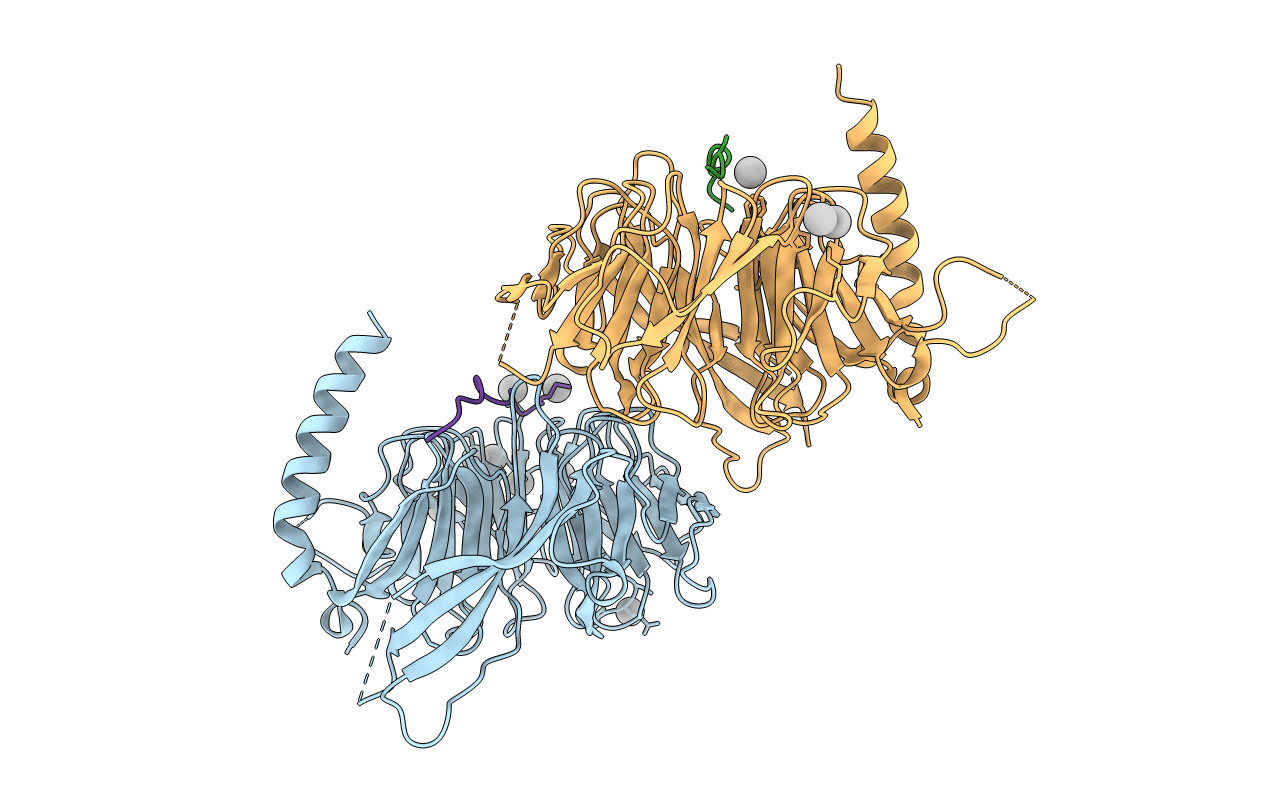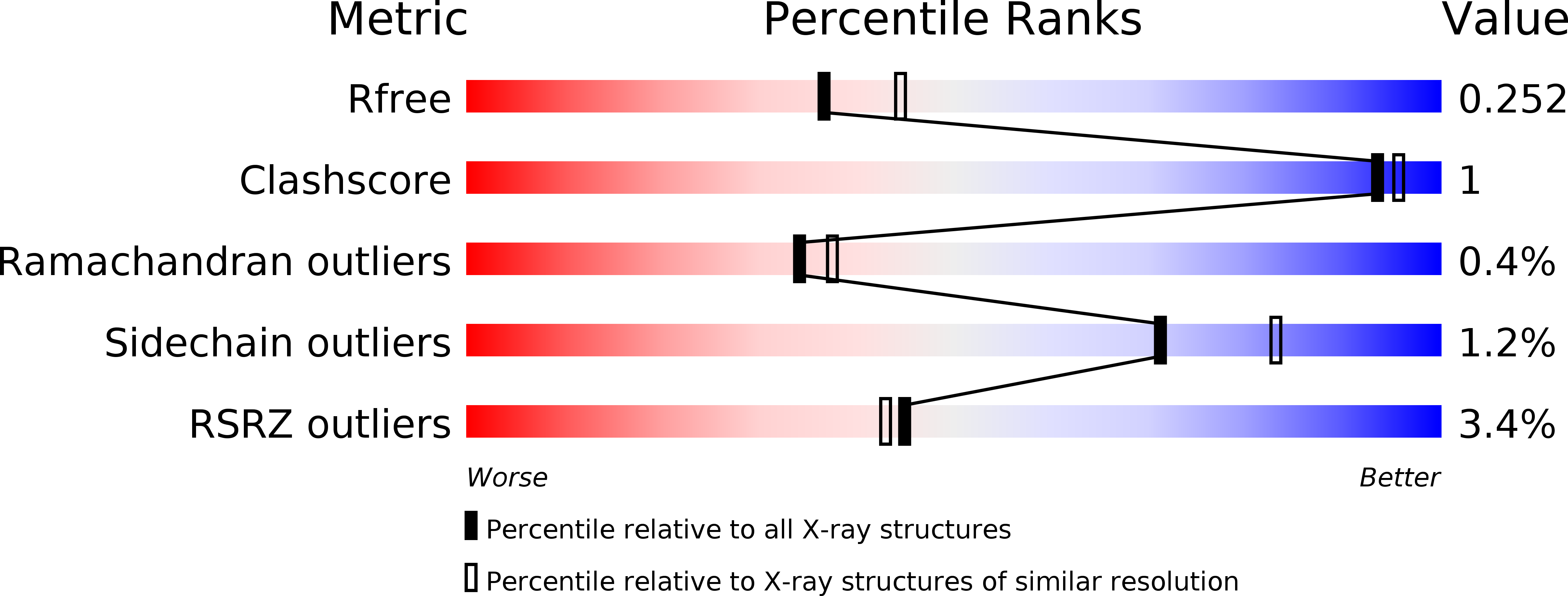
Deposition Date
2017-12-14
Release Date
2017-12-27
Last Version Date
2023-10-04
Entry Detail
PDB ID:
6BW3
Keywords:
Title:
Crystal structure of RBBP4 in complex with PRDM3 N-terminal peptide
Biological Source:
Source Organism:
Homo sapiens (Taxon ID: 9606)
Host Organism:
Method Details:
Experimental Method:
Resolution:
2.20 Å
R-Value Free:
0.24
R-Value Work:
0.21
R-Value Observed:
0.21
Space Group:
P 1 21 1


